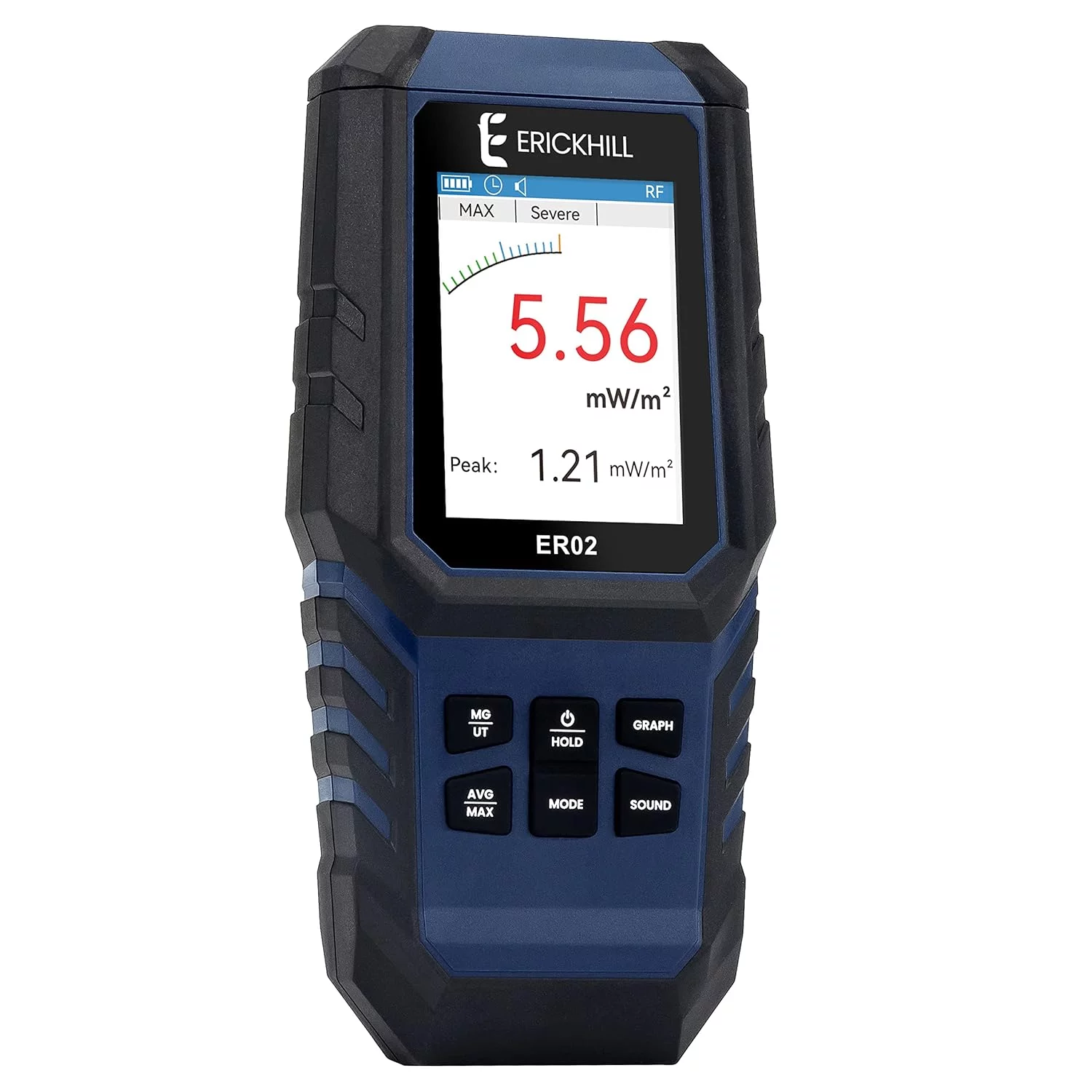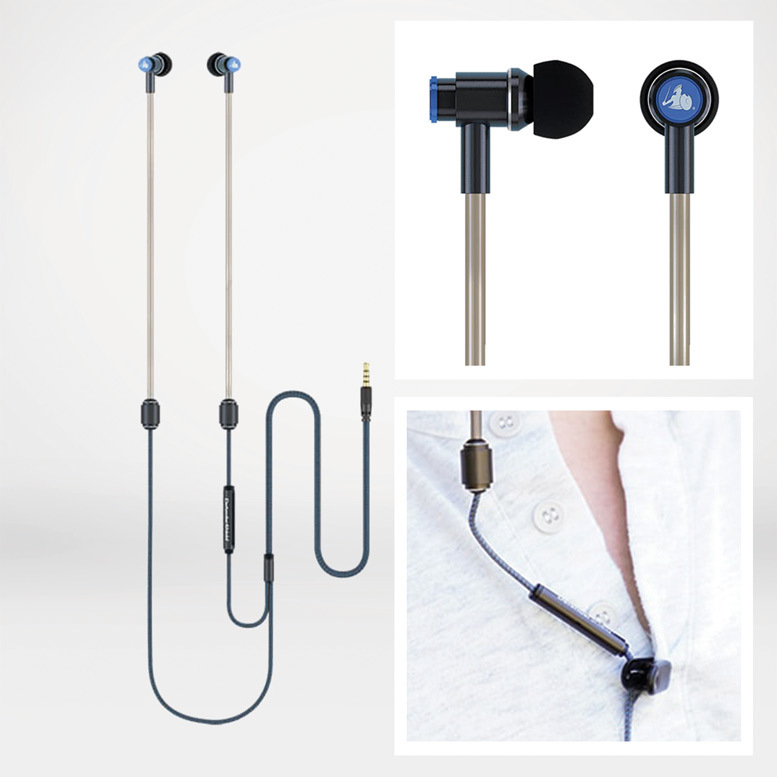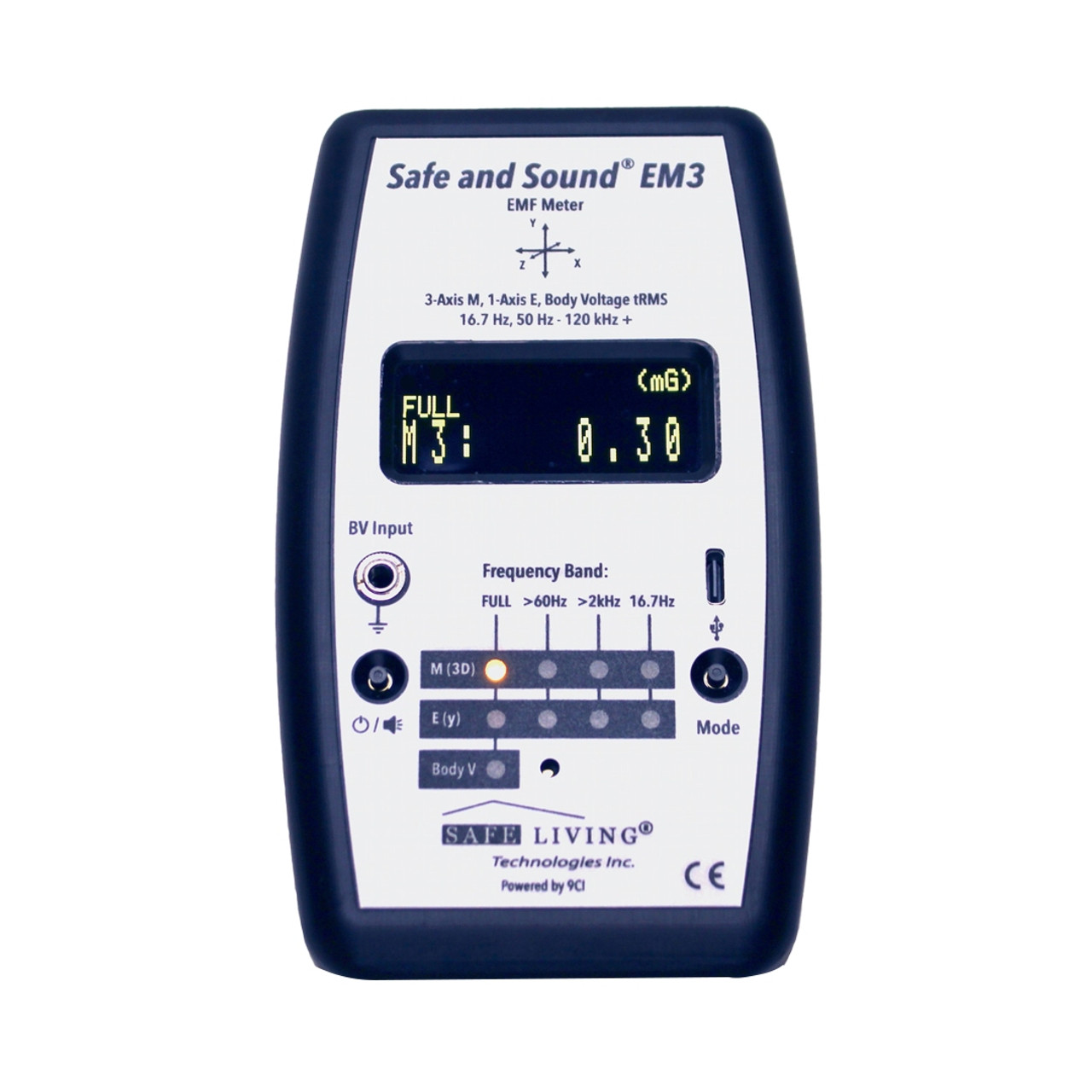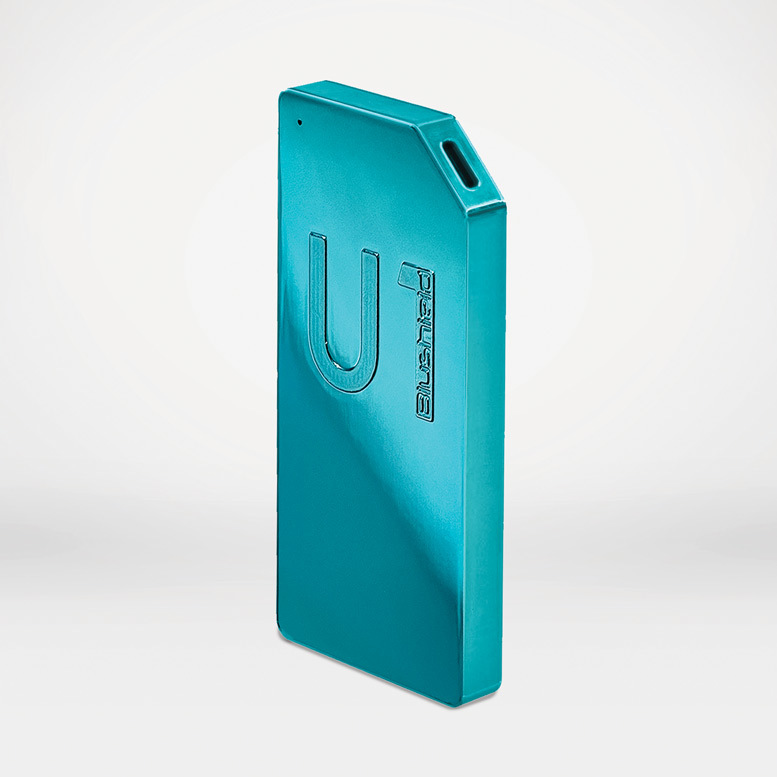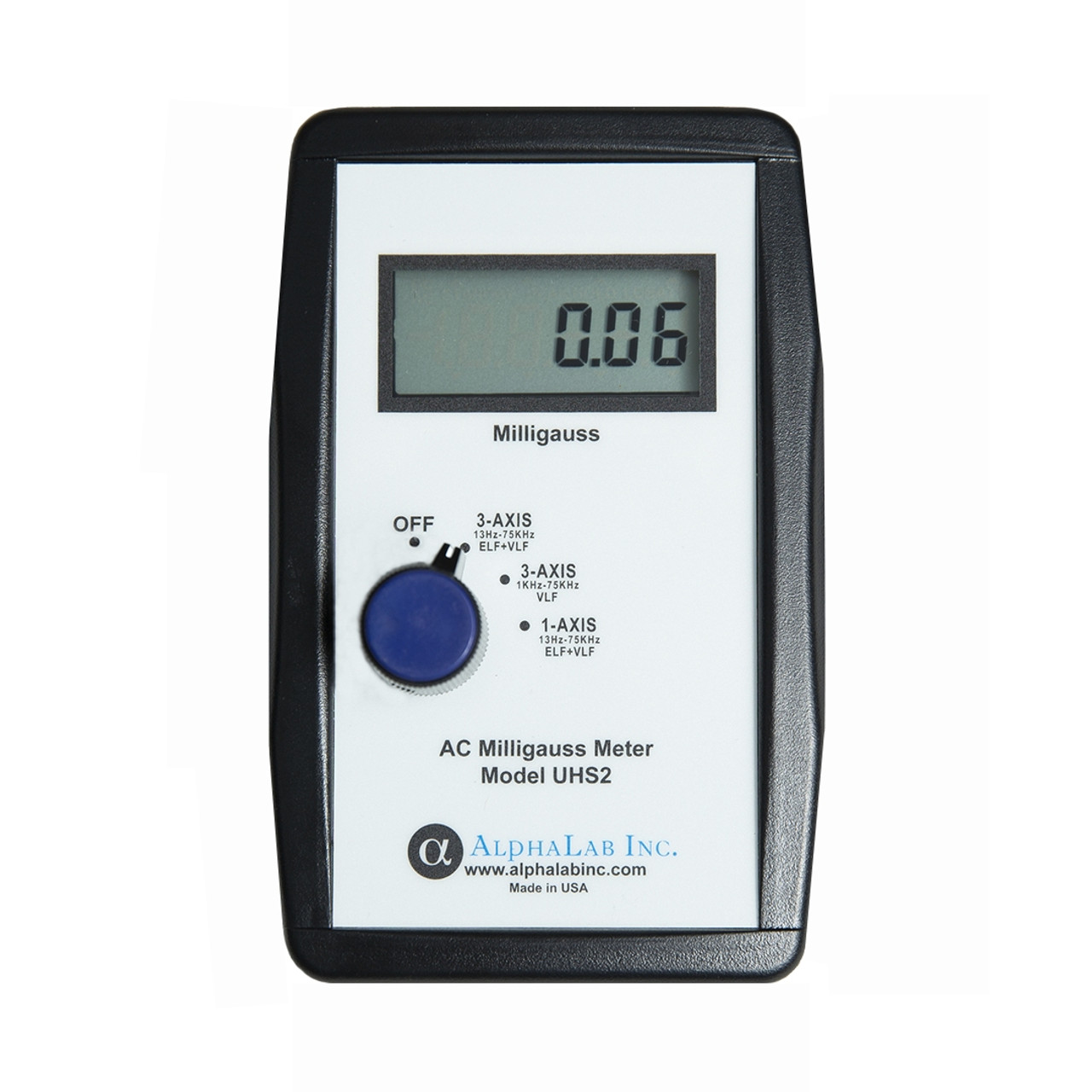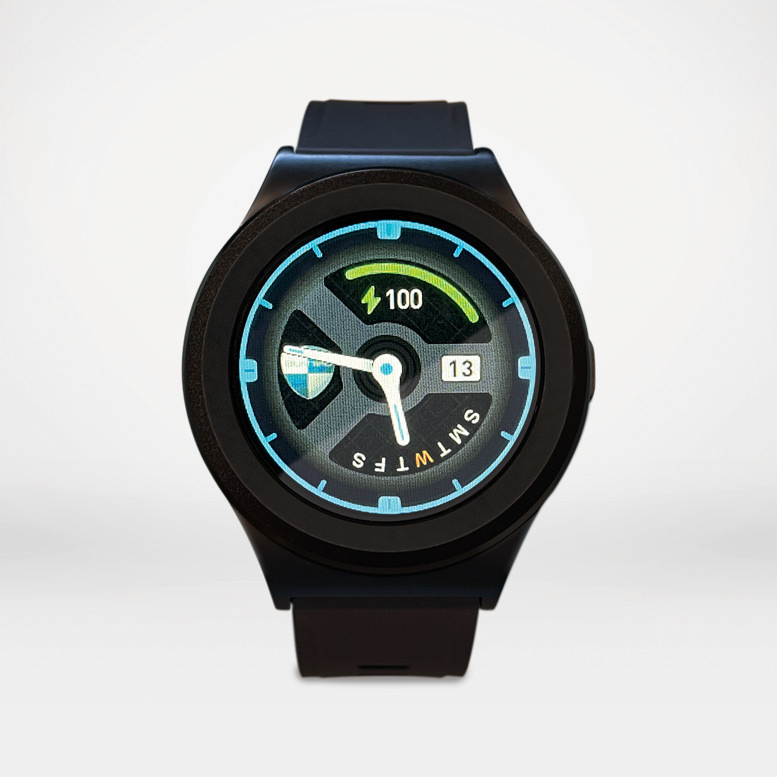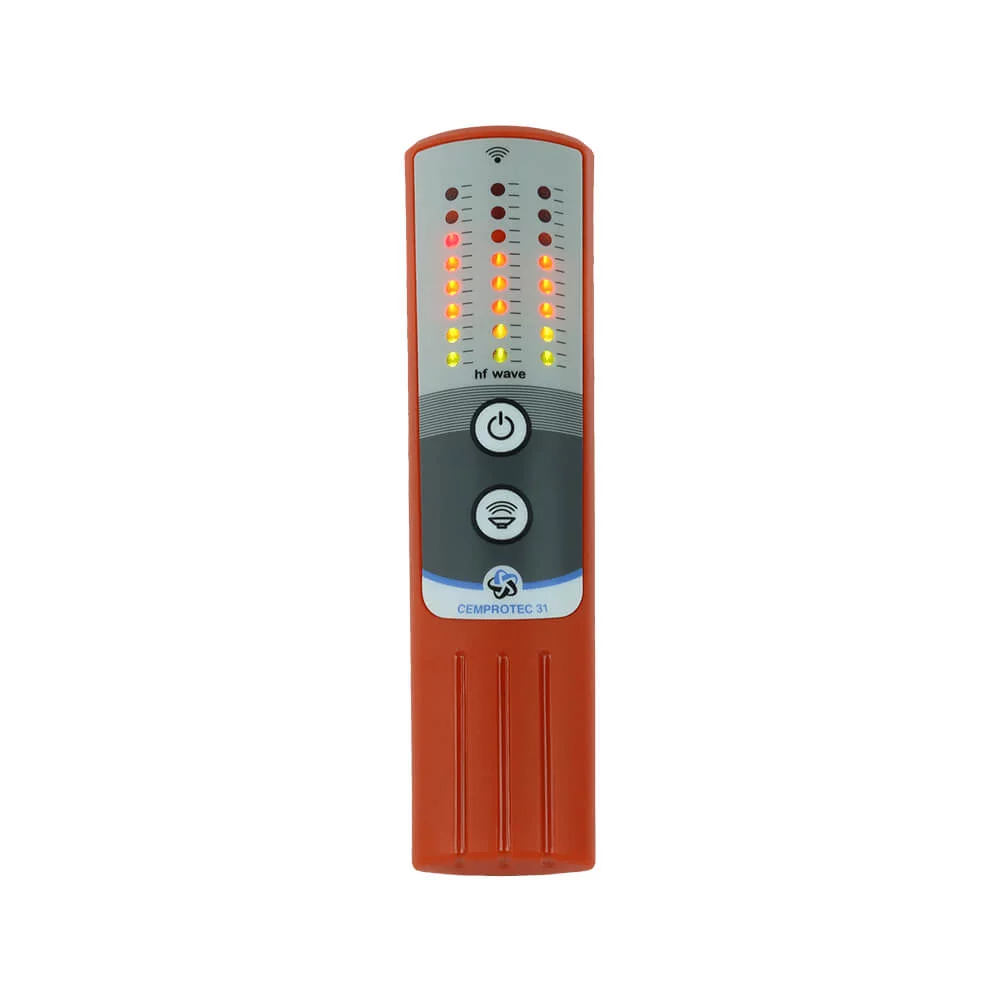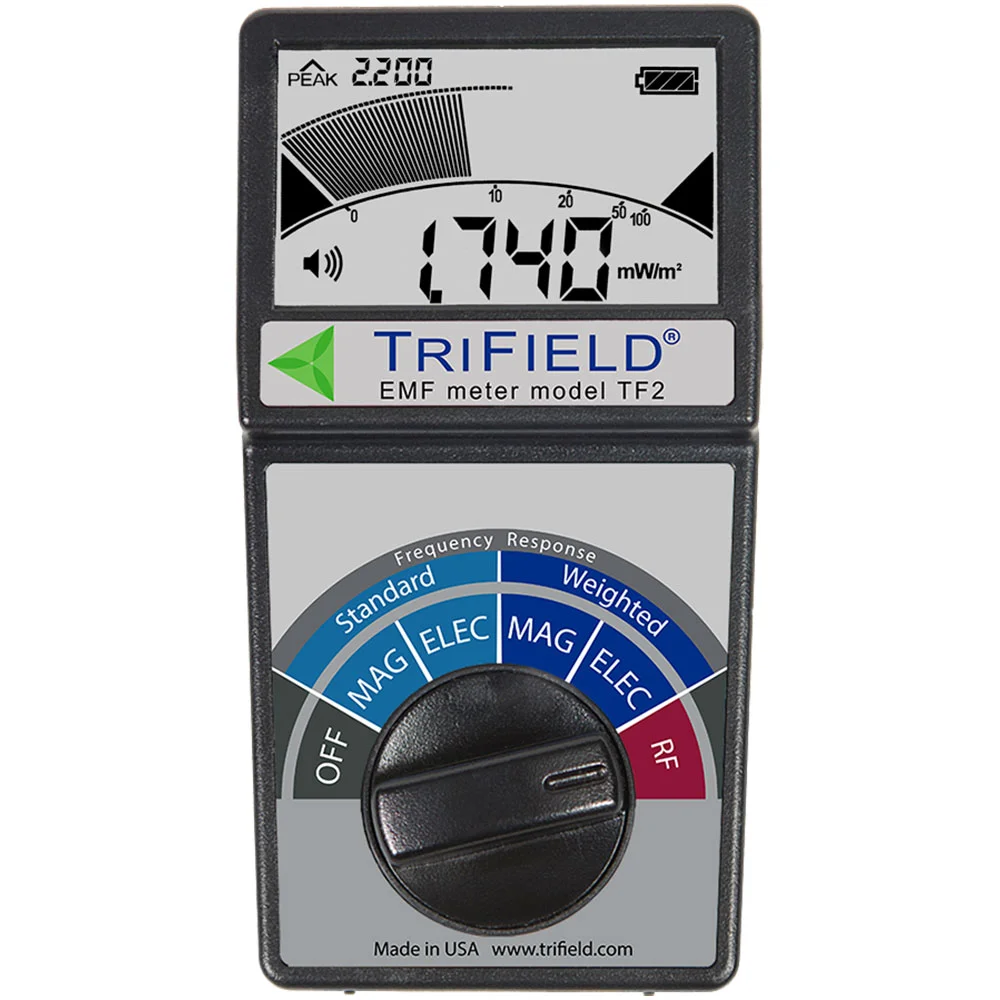Smart Watch EMF Exposure: Health Risks and Protection
Smart watches and fitness trackers have revolutionized personal health monitoring, offering unprecedented convenience and connectivity right on our wrists. However, these sophisticated devices are essentially wearable computers that emit electromagnetic field (EMF) radiation continuously throughout the day. As millions of people now wear these devices 24/7 for fitness tracking, sleep monitoring, and notifications, understanding the potential health implications of constant EMF exposure becomes increasingly critical. This comprehensive guide examines the latest research on smart watch radiation risks and provides evidence-based protection strategies.
Why Smart Watch EMF Exposure is Different
Unlike smartphones that you hold at a distance or keep in your pocket, smart watches are designed for direct skin contact and prolonged wear. They emit EMF radiation through Bluetooth, Wi-Fi, and cellular connections while positioned directly against your body for hours every day. Some users even wear them during sleep, creating nearly 24/7 exposure to electromagnetic fields.
Understanding Smart Watch EMF Radiation
How Smart Watches Generate EMF
Smart watches use multiple wireless technologies that generate electromagnetic fields: Bluetooth for connecting to phones, Wi-Fi for internet access, and cellular connectivity for standalone features. These devices continuously emit radiofrequency radiation to maintain connections and sync data, even when not actively being used for communication.
Alarming EMF Measurement Results
Independent testing reveals concerning EMF levels from popular smart watches. Most Apple Watches, when measured with EMF detectors, register in the hundreds to thousands of microWatts per square meter (µW/m²), significantly exceeding the well-established safety guidelines of 0.1-10 µW/m² for EMF exposure from devices like cellphones and smart watches.
Cumulative Exposure Concerns
The key concern with smart watch EMF exposure is its cumulative effect. Unlike occasional phone use, smart watches expose users to constant radiation throughout the day and night. If you're surrounded by EMFs constantly from Wi-Fi, smart meters, smart appliances, and cell phones, adding a 24/7 wrist-worn device significantly increases your total daily radiation exposure.
Current Scientific Research and Health Concerns
WHO Cancer Classification
The World Health Organization's International Agency for Research on Cancer has classified radiofrequency electromagnetic fields as "possibly carcinogenic to humans." This classification applies to all devices that emit RF radiation, including smart watches and fitness trackers.
Reported Health Effects
Users have reported various symptoms potentially linked to extended smart watch use:
- Nausea and headaches: Commonly associated with radiation exposure symptoms
- Sleep disturbances: Insomnia and disrupted sleep patterns
- Memory and mood issues: Problems with concentration and mood swings
- Physical discomfort: Arm tingling, numbness, and aching extending to the elbow
- Electromagnetic hypersensitivity: Increased sensitivity to EMF sources
Proximity and Absorption Concerns
Research by Dr. Lennart Hardell, professor of oncology and cancer epidemiology, found that talking on mobile phones for extended periods could raise the risk of brain cancer up to three times. Smart watches present an even greater concern because they're specifically designed to be worn constantly near the body, increasing proximity exposure risk.
Regulatory Gaps and Limitations
Current safety standards present significant limitations when applied to wearable technology. The FCC safety limits were established in 1996, long before the widespread presence of wireless technology and the invention of smart watches. These decades-old safety benchmarks may not be adequate for protecting users against potential long-term health risks in today's technology-driven world.
Types of Smart Watch EMF Emissions
Understanding Different EMF Sources
Bluetooth Radiation
Low-powered radiofrequency used for connecting to smartphones and accessories. Operates continuously to maintain connection.
Wi-Fi Emissions
Higher-powered signals used for direct internet connectivity and software updates. Intermittent but potentially higher intensity.
Cellular Connectivity
Built-in cellular networks in devices like the Apple Watch create the highest EMF exposure, similar to having a mini cellphone on your wrist.
Near Field Communication (NFC)
Used for contactless payments and device pairing. Short-range but direct exposure during transactions.
Electromagnetic Hypersensitivity (EHS)
Growing Health Condition
Electromagnetic Hypersensitivity (EHS) affects approximately 10% of the population and is characterized by various symptoms when exposed to EMF radiation. The cumulative nature of EMF exposure from multiple devices, including 24/7 smart watch wear, has contributed to an increase in reported EHS cases.
EHS Symptoms Include:
- Chronic fatigue and sleep disturbances
- Headaches and difficulty concentrating
- Skin tingling, burning, or rashes
- Heart palpitations and anxiety
- Immune system disruption
- Digestive issues and mood changes
Smart Watch Protection Strategies
Immediate Risk Reduction Measures
Use Airplane Mode
Enable airplane mode whenever you don't need connectivity features. Many tracking functions still work without wireless connections.
Limit Wearing Time
Take regular breaks from wearing your smart watch. Avoid sleeping with it on your wrist to give your body recovery time.
Disable Unnecessary Features
Turn off Wi-Fi, cellular, and Bluetooth when not needed. Keep only essential functions active to minimize EMF emissions.
Create Distance
When charging or not actively using the watch, keep it at a distance from your body rather than on a bedside table.
Use EMF Protection Accessories
Consider EMF-blocking watch bands or protection chips designed to neutralize electromagnetic radiation from wearable devices.
Safer Alternatives to Traditional Smart Watches
Non-Bluetooth Fitness Trackers
Several manufacturers now offer fitness tracking devices that operate without wireless connectivity, providing health monitoring without EMF exposure:
- Garmin Vivosmart with Disabled Bluetooth: Tracks steps, heart rate, and calories with Bluetooth turned off
- Focwony Non-Bluetooth LED Tracker: Simple step counting and calorie tracking without wireless connections
- Konewos Kids LED Fitness Tracker: Basic activity tracking suitable for adults, completely wireless-free
- Neskla Simple Step Counter: Advanced 3D sensor technology for accurate step tracking without EMF emissions
Hybrid Smart Watches: A Compromise Solution
Hybrid smart watches from brands like Withings and Garmin offer traditional analog watch faces with minimal smart features. These devices typically emit significantly less EMF radiation while still providing basic activity tracking and notifications.
The Oura Ring: A Lower-EMF Alternative
The Oura Ring represents a promising alternative for health tracking with minimal EMF exposure. When kept in airplane mode 24/7, it provides comprehensive sleep, stress, and activity tracking while virtually eliminating radiation exposure. The ring maintains full functionality for health monitoring without the constant wireless communication required by smart watches.
Traditional Watches: The Zero-EMF Solution
The Return to Analog
Many former smart watch users are returning to traditional mechanical or quartz watches. This trend represents a conscious choice to prioritize health over convenience, eliminating EMF exposure while still maintaining timekeeping functionality. Traditional watches offer peace of mind and freedom from constant connectivity.
Benefits of Traditional Timepieces:
- Zero electromagnetic field emissions
- No charging requirements or battery anxiety
- Freedom from notifications and digital distractions
- Classic aesthetic appeal and durability
- No data privacy or security concerns
- Improved sleep quality without blue light exposure
EMF Protection Products for Smart Watch Users
Evaluation of Protection Devices
Various products claim to neutralize or block EMF radiation from smart watches. While some users report positive effects, it's important to approach these products with informed skepticism and understand that distance and reduced usage remain the most effective protection strategies.
Available Protection Options:
- EMF-blocking watch bands: Made with metallic fibers or shielding materials
- Protection chips: Small devices that attach to watch bands, claiming to neutralize radiation
- Faraday pouches: For storage when not wearing the device
- Grounding straps: Designed to redirect electromagnetic fields away from the body
User-Reported Protection Experiences
Some users report immediate relief from symptoms like arm tingling and numbness after installing EMF protection chips on their smart watch bands. While these reports are anecdotal, they highlight the potential benefits of protection accessories for electromagnetically sensitive individuals.
Children and Smart Watch Safety
Enhanced Vulnerability in Young Users
Children may be more vulnerable to EMF exposure due to their developing nervous systems, thinner skulls, and higher tissue conductivity. The growing popularity of smart watches designed for children raises particular concerns about long-term exposure effects during critical developmental periods.
Recommendations for Children:
- Prioritize non-Bluetooth alternatives for basic activity tracking
- Limit smart watch wearing time to essential situations only
- Ensure devices are in airplane mode whenever possible
- Choose devices with the lowest possible EMF emissions
- Monitor children for any symptoms that might indicate EMF sensitivity
Making an Informed Decision
Factors to Consider
- Usage patterns: Assess how often and for what purposes you use smart features
- Health sensitivity: Monitor your body's response to prolonged EMF exposure
- Available alternatives: Consider whether non-EMF options meet your health tracking needs
- Risk tolerance: Weigh convenience benefits against potential health implications
- Professional guidance: Consult healthcare providers familiar with EMF health concerns
Implementing a Balanced Approach
For those who choose to continue using smart watches, implementing protection strategies can significantly reduce EMF exposure while maintaining desired functionality. The key is finding the right balance between technological convenience and health protection based on individual needs and circumstances.
The Precautionary Principle
Given the limited long-term research on wearable device EMF exposure and the unique challenge of 24/7 skin contact, applying the precautionary principle is recommended. This approach suggests taking reasonable protective measures while research continues to evolve, particularly for frequent users and sensitive populations.
Future Research and Industry Developments
The wearable technology industry continues to evolve, with some manufacturers exploring lower-EMF alternatives and improved power efficiency. Future developments may include better airplane mode functionality, reduced radiation emissions, and enhanced user control over wireless features.
Emerging Research Areas:
- Long-term epidemiological studies on wearable device users
- Biological mechanisms of low-level EMF exposure effects
- Optimal usage patterns for minimizing health risks
- Development of truly EMF-free health monitoring technologies
- Investigation of electromagnetic hypersensitivity in relation to wearables
Conclusion
Smart watches and fitness trackers offer remarkable convenience and health insights, but their design for prolonged skin contact and continuous EMF emission raises legitimate health questions. Current research, combined with user-reported experiences and concerning EMF measurement results, suggests that precautionary measures are warranted for regular users.
Key Takeaways for Smart Watch Users
- Understand that smart watches emit significantly more EMF radiation than safety guidelines recommend
- Implement protective strategies like airplane mode and limited wearing time
- Consider non-Bluetooth alternatives for basic health tracking needs
- Monitor your body's response to prolonged EMF exposure
- Explore traditional timepieces as a zero-EMF alternative
- Stay informed about ongoing research and industry developments
- Prioritize sleep hygiene by removing devices at night
Whether you choose to modify your smart watch usage, switch to EMF-free alternatives, or return to traditional timepieces, the most important step is making an informed decision based on current scientific understanding and your personal health priorities. As our understanding of EMF effects continues to evolve, maintaining awareness and adaptability in our technology choices serves our long-term wellness interests.
